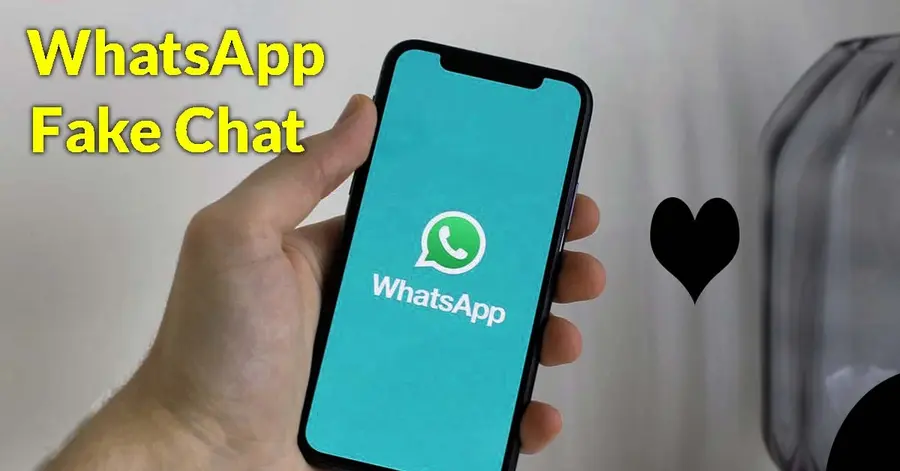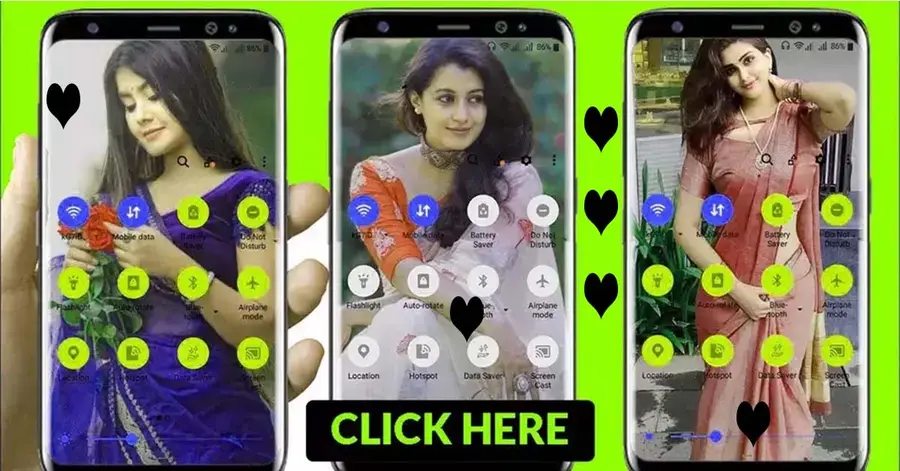TechZein Prank: As technology continues to advance, so do the methods used by scammers and fraudsters to deceive unsuspecting individuals. One platform that has become a breeding ground for fake messages is WhatsApp.
Wegocup Prank, With billions of users worldwide, WhatsApp has become a popular target for those seeking to spread false information, scams, and malware. In this guide, I will shed light on the world of fake WhatsApp messages and provide you with essential tips on how to identify them.
TechZein Prank Fake WhatsApp Messages
Fake WhatsApp messages pose a significant threat to individuals, communities, and even nations. They can be used to spread misinformation, techzein prank promote scams, and manipulate public opinion. In some cases, these messages can lead to financial loss, identity theft, or even physical harm. It is crucial to be aware of the dangers associated with fake WhatsApp messages and take necessary precautions to protect yourself and others.
Signs of a Fake WhatsApp Message
Identifying a fake WhatsApp message can be challenging, especially as scammers become more sophisticated in their tactics. However, there are several signs that can help you determine whether a message is genuine or fake. One common sign is poor grammar and spelling mistakes. Legitimate messages from trusted sources usually undergo a thorough proofreading process. Additionally, be cautious of messages that create a sense of urgency, offer unrealistic rewards, or ask for personal information. These are often red flags indicating a potential scam.
Another sign to watch out for is the presence of suspicious links or attachments. These can contain malware or phishing attempts. Always double-check the source of the message and avoid clicking on links or downloading files from unknown or unverified senders. Lastly, pay attention to the tone of the message. Official communications from reputable organizations are typically professional and polite. If a message seems overly aggressive, threatening, or too good to be true, it is likely a fake.
How to Identify a Fake WhatsApp Message
Now that we’ve discussed the signs of a fake WhatsApp message, let’s delve into the steps you can take to identify them. Firstly, verify the sender’s identity. Check if the phone number or profile picture matches that of the person or organization they claim to be. If in doubt, reach out to the supposed sender through another channel, such as a phone call or email, to confirm the authenticity of the message.
Secondly, scrutinize the content of the message. Look for inconsistencies, factual errors, or unusual requests. Legitimate messages from reliable sources are usually well-researched and provide accurate information. If the message contains sensational claims or seems too good to be true, it is likely a fake. Remember, misinformation spreads quickly, so always fact-check before sharing anything with others.
Lastly, be cautious of messages asking for personal or financial information. Legitimate organizations rarely request sensitive details through wegocup prank WhatsApp. If you receive such a message, it is advisable to contact the organization directly using their official contact information to verify the request. By following these steps, you can effectively identify and protect yourself from fake WhatsApp messages.
Tips to Avoid Falling for Fake WhatsApp Messages
Prevention is better than cure, and the same applies to fake WhatsApp messages. Here are some essential tips to help you avoid falling victim to these scams. Firstly, always keep your WhatsApp application updated. Developers regularly release security patches and updates to combat new threats. By staying up to date, you ensure that you have the latest protections against fake messages and malware.
Secondly, enable two-step verification on your WhatsApp account. This adds an extra layer of security and reduces the chances of your account being compromised. Two-step verification requires you to enter a unique PIN when registering your phone number with WhatsApp. This PIN is essential to ensure that only you can access your account.
How WhatsApp Fake Chat Pranks Work
WhatsApp fake chat pranks typically involve the use of specialized tools or applications that allow users to simulate conversations. These tools often provide customizable options such as chat backgrounds, message timestamps, and profile pictures, making the fake chats appear convincingly real. Users can then populate the conversation with fictional messages to create humorous or misleading exchanges.
Types of WhatsApp Fake Chat Pranks
There are two primary types of WhatsApp fake chat pranks: text-based and media-based. Text-based pranks involve fabricating textual messages, while media-based pranks incorporate images, videos, or audio files into the fake conversation. Both types aim to mimic authentic WhatsApp interactions to deceive the recipient.
Ethical Considerations
While WhatsApp fake chat pranks may be intended as harmless fun, they raise ethical questions about deception and honesty. wegocup prank Misleading individuals through fabricated conversations can erode trust and cause emotional distress, particularly if the prank goes too far or targets vulnerable individuals.
Additionally, be cautious of forwarded messages. Fake messages are often spread through the forwarding feature of WhatsApp. Before sharing a message, take a moment to verify its authenticity and consider the potential consequences of spreading false information.
Reporting Fake WhatsApp Messages
If you encounter a fake WhatsApp message, it is crucial to report it to the relevant authorities. WhatsApp provides a simple reporting feature that allows users to flag suspicious messages. By reporting these messages, you contribute to the fight against scams and help protect others from falling prey to fake WhatsApp messages. Additionally, inform your friends and family about the fake message and encourage them to be vigilant.
Resources to Stay Updated on Fake WhatsApp Messages
Staying informed about the latest scams and fake WhatsApp messages is essential to protect yourself and others. There are various resources available that provide up-to-date information on these threats. Official websites and social media accounts of organizations, such as law enforcement agencies, cybersecurity firms, and WhatsApp itself, often share alerts and warnings about fake messages. Additionally, online forums and communities dedicated to cybersecurity can provide valuable insights and discussions on emerging scams.
Real-Life Examples of Fake WhatsApp Messages and Their Consequences
To emphasize the seriousness of fake WhatsApp messages, let’s explore some real-life examples and their consequences. In one case, a fake message claiming to be from a popular online shopping platform offered massive discounts on electronics. Many unsuspecting users fell for the scam and made payments, only to receive counterfeit or non-existent products. This led to financial loss and disappointment for the victims.
RELATED ARTICLE: Wegocup Prank
Another example involves fake messages spreading misinformation about health-related issues. These messages can cause panic, and confusion, and even contribute to the spread of diseases. It is crucial to verify the authenticity of such messages before forwarding them, as their consequences can be far-reaching.
Conclusion and the Importance of Staying Vigilant on WhatsApp
In conclusion, fake WhatsApp messages are a growing concern in today’s digital landscape. The ability to identify and avoid these scams is crucial to protect yourself & others from financial loss, identity theft, and the spread of misinformation. By understanding the signs of fake messages.
By staying informed through reliable resources, and following essential security tips, you can navigate WhatsApp safely and enjoy the benefits of this popular messaging platform. Remember, vigilance is key when it comes to safeguarding yourself and the WhatsApp community from the dangers of fake messages.



